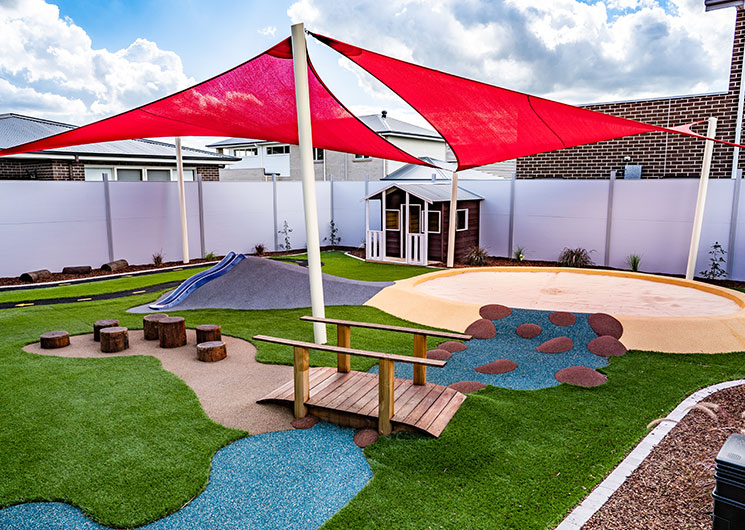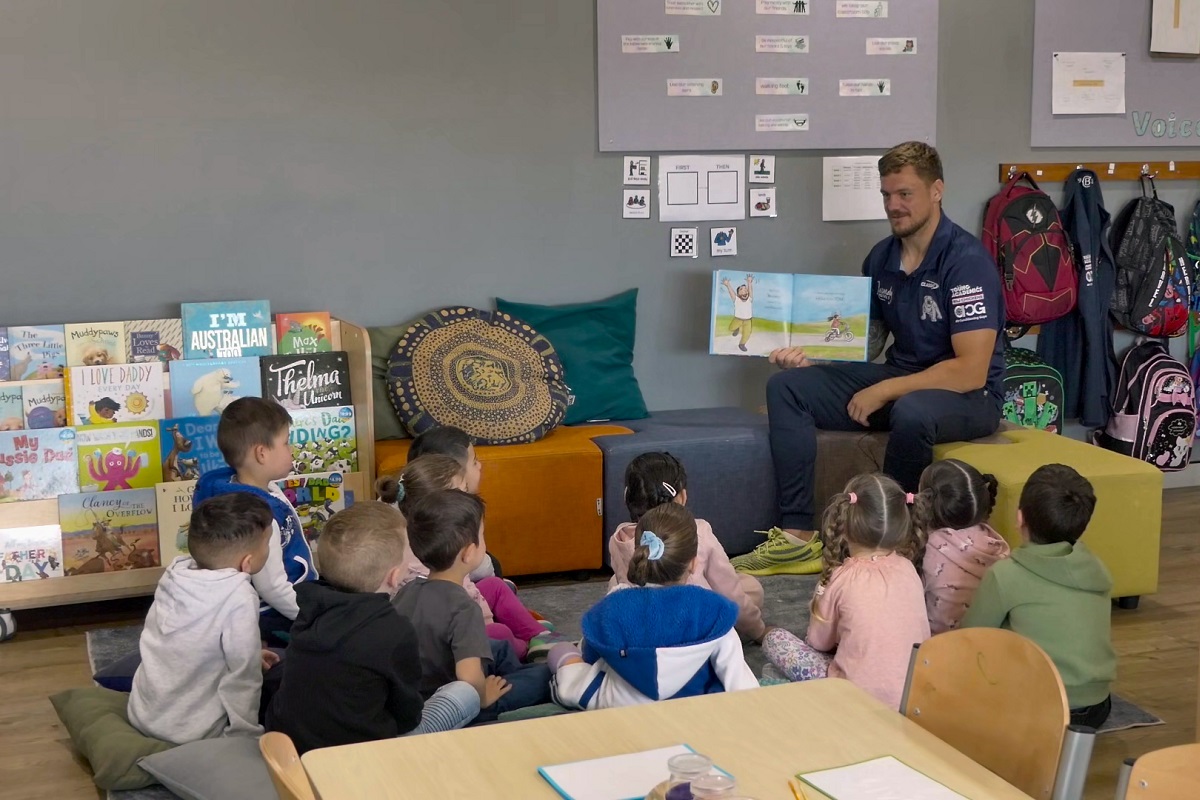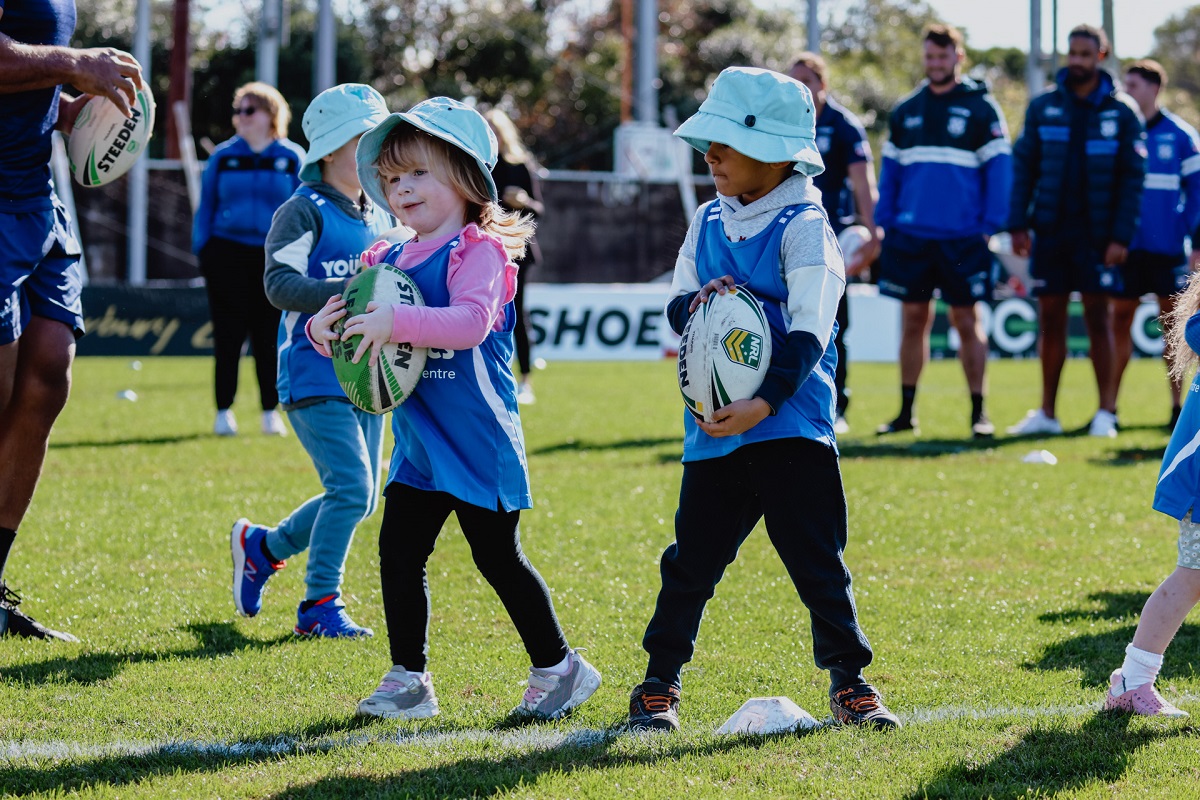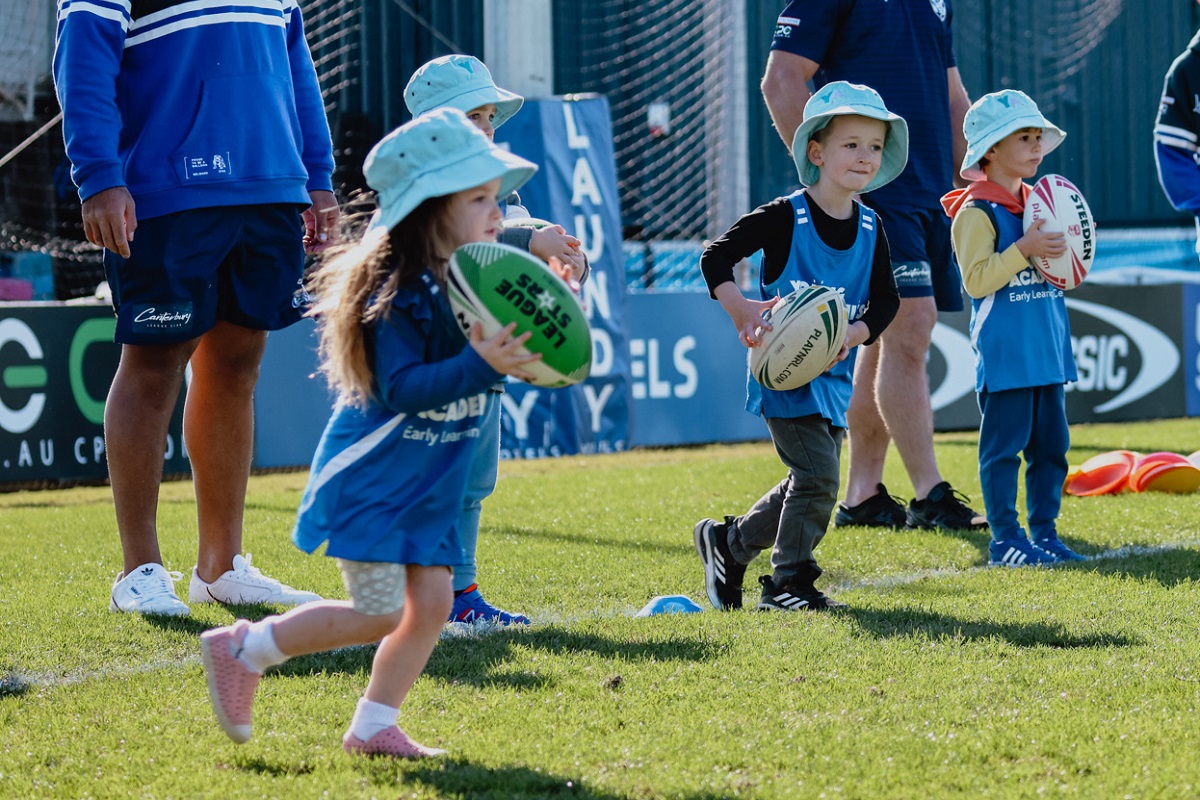There is certain magic affiliated with children playing in the outdoors. For centuries, it has acted as the medium for exploration, adventure and, of course, memories in most of us. The importance of outdoor play for infants especially, can’t be underestimated.
It is unfortunate, but today, many children spend less time playing outdoors than previous generations. The magic has been lost among the data-driven technologies that seem to encapsulate children’s minds, interest and attention.
‘At 4–5 years old, children average more than two hours of screen time per week-day. By 12–13 years old, this increases to more than three hours average per week-day and almost four hours per weekend day. This means that up to 30% of a child’s waking time is spent in front of a screen.’
- Australian Institute of Family Studies
Despite the endless benefits of technology for academic and cognitive development, outdoor learning environments are not to be forgotten or disregarded. The freedom, natural surroundings, and various textures allow for more energy releases and playful freedom for children, which can, in turn, assist in their improvement of cognitive, academic, sensory and motor skills.
It is important to encourage children to spend time outside, connect with nature and get physical. How outdoor learning environments for early childhood can develop skills:- Outdoor environment in childcare
Children who spend time playing and learning in outdoor learning environments for early childhood are much more likely to enjoy outdoor activities such as walking, running or bike riding.
These behaviours will remain with them up until adulthood. Playing and learning outside allows a child to practise some of their physical abilities. Not only does it help them exercise and strengthen muscles, but it also assists with their gross motor skill, hand-eye coordination and overall health and wellbeing. These are all crucial to early childhood education.
- Why outdoor play is important for children’s development
Children who learn in an outdoor environment will build a closer connection and appreciation of the nature around them. It helps them grasp an understanding of the world we live in, allowing them to experience wildlife, animals, lifecycles and habitats in their own surroundings. This can also help them learn more about different types of flowers, animals and trees, assisting with their early childhood education.
Learning in this outdoor setting gives children contact with the natural world around them and offers them experiences that can not be found, or replicated, indoors.
- Social Skills
Sometimes, indoor spaces can feel overcrowded and claustrophobic for children with many feeling intimidated in this kind of environment.
Providing children with an outdoor learning environment allows them to come ‘out of their shells’ and experience a learning space that is different from what they are usually accustomed to. Children playing in outdoor environments gain social skills by playing with other children, communicating and learning to be independent.
- Identifying Independence
The extra space provided in an outdoor environment allows children to be free and make certain discoveries by themselves.
Children can choose what activity they would like to participate in as well as develop their own ideas or games that they would like to take part in without being told what to do. Providing them with the freedom in an outdoor setting permits them to develop a ‘can do’ attitude which acts as a solid foundation for development in early childhood education.
Children are naturally creative and this unstructured outdoor play allows them to imagine their own course of understanding through play.
- Realising Risk
Playing in an outdoor environment often comes with many risks which children will then need to learn how to make calculated decisions. These could include simple ones such as if they should jump in the puddle, jump off the log or if they should climb the tree.
Children need to learn how to make these decisions and an outdoor learning environment for early childhood is crucial in helping them make purposeful decisions.
Other benefits that an outdoor learning environment for early childhood provide are:
- Better physical health
- Opportunities to strengthen motor skills
- Stress relief
- Increase creativity
- Development of verbal and social skills
- Increase in attention and cognitive abilities
Outdoor spaces create the perfect learning environment for the early childhood phase. It is important to make the most of the space you have around you, even though your space may not be ideal it doesn’t mean you have to alienate it and continue playing inside. So what is an outdoor learning environment exactly? The key here is to be creative!
Space generally shapes the flow of play and communication in the classroom or outdoors” - Sage PubYou don't necessarily have to spend a lot of money to transform your outdoor space. The local improvement or discount store will have a range of items you can use in the outdoor learning environment for early childhood.
An outdoor space is a great place to foster creative play. Using loose materials that children can use for construction, such as cardboard boxes or milk cartons, allows children to use their imagination and create a unique method of play.
Tutorial: how to create the perfect outdoor learning environmentCreating a useful outdoor space does not require as much work as you may think. An outdoor area already has many beneficial qualities. All you need to do is enhance it with a few modifications.
A great activity you can incorporate is an Obstacle Course. This activity is amazing for developing children’s gross motor skills, as it involves activities such as jumping, running and throwing.
- Create a post with two logs (similar to a soccer goal) and have children kick a ball through the posts
- Tie numerous balloons to low stools and have children crawl through them
- Set up 5-10 buckets and have children weave around the buckets
- Place 3-4 planter boxes and have children jump over them
- If you have a slide, use this as a part of the course having children to slide down
- Use a tire swing and have children throw a ball through it
- Use tree logs around the area to have children step from one to another
- Incorporate a tunnel. Use an outdoor kids tunnel and have children crawl through it.
Additionally, you can set aside a part of the outdoor area for children to dig, build or plant. You can even teach children ‘ownership’ by giving them a ‘territory’ of land and writing up a mock lease, helping them understand the responsibilities of adulthood.
Create a digging pit by loosening the soul and removing grass. Add in a couple of shovels, spades and buckets and let the children ‘dig in.’
Kids love to play with water! Incorporate buckets, milk jugs and watering cans around the outdoor area, supplying ways to move the water around.
Incorporating different equipment helps children with their gross motor skills. These skills include using their larger muscle movements of the body, including;
- Running
- Jumping
- Throwing
- Maintaining balance
Using portable simple equipment such as balls, bicycles or hula hoops within obstacle courses or other activities is an effective and effortless way of helping children with these skills.
| Outdoor environment in childcare | Activities/Materials |
| Quiet Area: activities/materials that permit children to transition to their outdoor space |
|
| Flexible Area: activities/materials that permit children to work on their fine motor skills |
|
| Physical Area: activities/materials to strengthen gross-motor skills |
|
| Nature Area: activities or materials found in nature |
|
| Social Area: area or activities that offers a quiet area for children to talk and interact in |
|
| Sensory Area: activities/materials that allow children to explore through their senses |
|
Outdoor learning environments for early childhood are crucial for a child's overall development and skills. Making sure your child is exposed to the great outdoors is critical in assisting their learning journey.
At Young Academics, understand the importance of the outdoor environment in childcare. We want children to learn in an outdoor setting as this allows them to learn in a unique environment. Our outdoor areas are designed specifically to incorporate colours, textures and resources such as sandpits, water play areas and bespoke cubby houses.
These specific areas develop children’s fine motor skills and encourage them to make decisions, become independent and play in teams. Our outdoor areas at Young Academics foster a child’s creativity, allowing them to explore their surroundings and create new ways of playing/learning.
We love the outdoors and so should you!Bring your child in to see what Young Academics outdoor learning environments are all about. Enquire today on 1300 668 993.



 BACK
BACK



